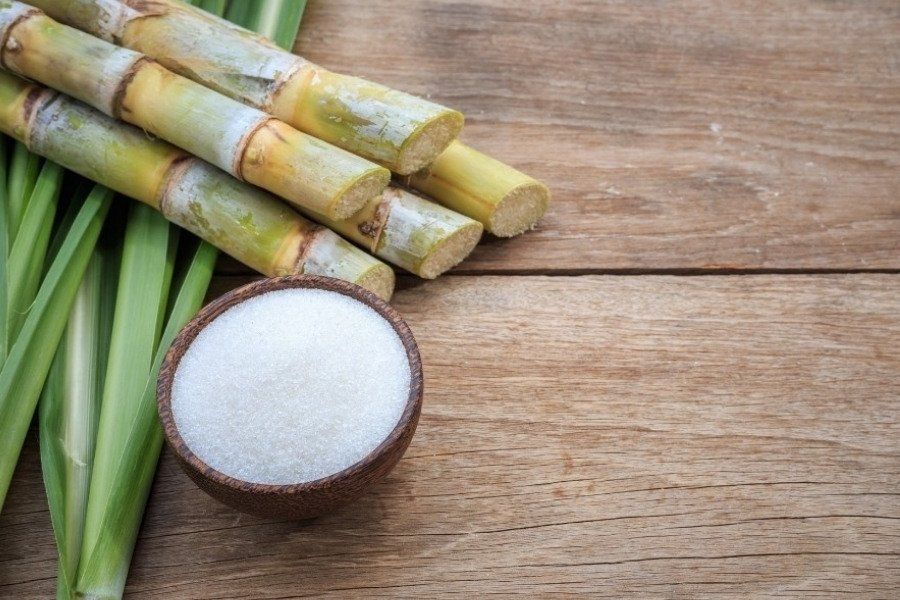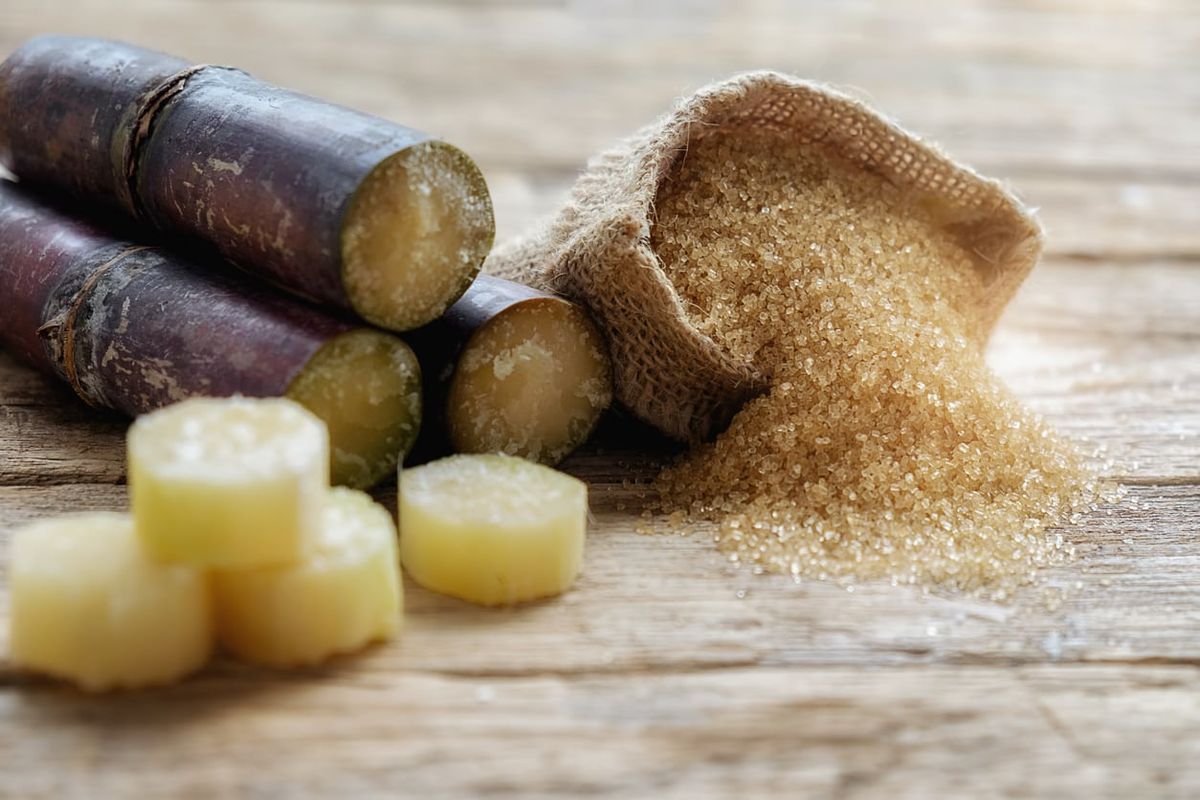Everything About Sugar Canes: What Are Sugar Canes Used For and Their Function in International Agriculture?
Sugar walking sticks serve as a keystone of worldwide agriculture, primarily recognized for their function in sugar production. They also add to the development of by-products like molasses and ethanol. These elements not only support various markets however likewise impact financial security in rural regions. Nonetheless, the farming of sugar walking canes faces considerable ecological difficulties. Recognizing their diverse function motivates more exploration right into their agricultural methods and sustainability efforts.
The Agricultural Process of Sugar Walking Cane Cultivation
Although sugar walking stick cultivation may differ by region, the essential agricultural process remains regular. The primary step involves picking high-yielding ranges appropriate for local environments. Preparation of the dirt is crucial, commonly calling for husbandry and the addition of fertilizers to boost fertility. Planting generally occurs during the wet season, with farmers making use of either whole stalks or cuttings to develop new crops.As the plants expand, they call for attentive treatment, including weed control, parasite management, and watering, depending on the ecological problems. Farmers keep track of the sugar cane's growth cycle, which normally covers 10 to 24 months, prior to collecting. Harvesting is labor-intensive, usually carried out manually or with specialized equipment, making certain minimal damages to the stalks. Complying with harvest, the cane is moved to refining centers. This precise cultivation procedure not just sustains neighborhood economic situations yet likewise plays a considerable duty in global farming methods, contributing to food and energy materials.
Sugar Manufacturing: From Walking Stick to Crystal
The journey of sugar manufacturing begins the moment fresh collected sugar cane reaches refining facilities. The primary step includes slicing the walking stick and washing to prepare it for extraction. Utilizing high-pressure rollers, the juice is removed from the smashed walking cane, resulting in a pleasant fluid called sugarcane juice. This juice undertakes information, where pollutants are removed via the enhancement of lime and heat.Next, the cleared up juice is concentrated by steaming it down to develop a thick syrup. This syrup is then crystallized by cooling, making it possible for sugar crystals to develop. The taken shape sugar is divided from the continuing to be syrup, called molasses, through centrifugation.Finally, the sugar crystals are washed and dried out, resulting in the familiar granulated sugar (What Are Sugar Canes Used For). This process transforms raw sugar walking stick into an item that is integral to various cooking and industrial applications, highlighting the relevance of sugar in worldwide farming
Biofuels and Sugar Canes: A Sustainable Future
As the globe significantly seeks sustainable energy solutions, sugar canes have arised as an appealing resource for biofuels. The biomass originated from sugar canes can be converted right into ethanol, an eco-friendly gas choice that noticeably minimizes greenhouse gas exhausts contrasted to nonrenewable fuel sources. This process not only provides a cleaner energy source yet likewise advertises power freedom for several countries.In addition, sugar walking cane cultivation supports country economic situations by developing work in both farming and biofuel manufacturing fields. Making use of sugar walking canes for biofuel production additionally motivates agricultural diversity, which can improve soil wellness and minimize dependence on solitary crops. Moreover, the byproducts of sugar cane processing can be utilized for electrical power generation, furthermore adding to a sustainable energy cycle. As nations venture to fulfill eco-friendly energy targets, sugar canes are positioned to play a necessary role in shaping a much more sustainable future in the biofuel landscape.

The Function of Sugar Canes in Beverage Manufacturing
Sugar walking canes play a significant function in beverage manufacturing, functioning as a key ingredient in rum and adding to the sweetness of many sodas. Additionally, their natural juices are used in numerous drinks, improving flavor and appeal. This adaptability underscores the importance of sugar walking canes in the global beverage industry.
Sugar Walking Stick in Rum
Rum production is delicately linked to the cultivation of sugar walking stick, a crucial crop that provides the required fermentable sugars required for fermentation. This process starts with the removal of juice from gathered sugar walking sticks, which is then either fermented straight or processed right into molasses. Yeast is contributed to transform the sugars into alcohol, leading to a varied array of rum designs, from light to dark ranges. The geographical region where the sugar walking stick is grown greatly affects the flavor profile of the rum, with aspects such as soil kind and environment having fun crucial duties. Nations like Barbados, Jamaica, and Cuba are renowned for their rum production, mirroring the social and historic relevance of sugar walking cane within the global drink sector.
Soft Drinks Sugar Resource

All-natural Juice Manufacturing Uses
In enhancement to its substantial role in soft beverage manufacturing, sugar walking cane is also essential in the all-natural juice market. The juice extracted from sugar walking he has a good point cane, called walking cane juice, is celebrated for its natural sweetness and unique taste account. This juice is commonly consumed fresh in numerous areas, specifically in tropical nations, where it is taken pleasure in as a revitalizing drink. Furthermore, walking cane juice functions as a base component in a series of all-natural fruit juices and shakes, boosting both taste and nutritional value. Its natural residential properties make it an attractive alternative to sweetening agents, interesting health-conscious consumers. In general, sugar walking cane's flexibility in juice manufacturing highlights its importance in modern-day beverage offerings worldwide.
Developments in Sugar Walking Stick Byproducts
Technologies in sugar walking cane by-products are leading the means for sustainable remedies in various sectors. Biofuels acquired from sugar cane provide a different power resource, while developments in lasting product packaging are lowering dependence on typical products. These developments highlight the adaptability and potential of sugar walking stick beyond its primary usage in drink manufacturing.
Biofuels From Sugar Walking Cane
Exactly how can the results of sugar walking stick add to sustainable energy services? The conversion of sugar cane into biofuels provides an appealing method for sustainable energy. By making use of the fibrous residue, referred to as bagasse, producers can create bioethanol with fermentation procedures. This bioethanol can act as a sustainable alternative to nonrenewable fuel sources, lowering greenhouse gas discharges and reliance on non-renewable resources. Additionally, molasses, another by-product, can be fermented to produce biofuels, making best use of source performance. The energy created from sugar walking cane not just provides a cleaner gas source however additionally improves the total economic feasibility of sugar manufacturing. By incorporating biofuel production right into their procedures, sugar cane sectors can play a vital function beforehand lasting power options around the world.
Lasting Packaging Solutions
Sustainable packaging options are progressively being developed from sugar walking stick byproducts, showcasing the flexibility of this agricultural staple. Developments such as naturally degradable plastics acquired from bagasse, the fibrous deposit left after juice removal, are gaining grip. These products offer an eco-friendly option to typical plastics, minimizing dependence on fossil gas and lowering carbon impacts. Additionally, sugar cane-based packaging is compostable, damaging down normally without damaging the environment. Companies are currently exploring these choices to align with customer need for sustainability. As understanding of plastic air pollution grows, the fostering of sugar cane-derived packaging is anticipated to rise, placing sugar canes as a principal in the shift to greener product packaging remedies in different sectors.
Economic Impact of Sugar Walking Stick Farming

Although sugar walking stick farming has deep origins in lots of economic situations, its economic effect prolongs much past farming manufacturing. This plant acts as a substantial income for numerous farmers worldwide, particularly in creating nations where farming is a key resources. Sugar walking cane adds to local economic situations via task creation in handling, cultivation, and harvesting. The sector likewise promotes growth in associated sectors such as transportation, tools production, and food processing.Furthermore, sugar walking cane is a principal in global trade, influencing worldwide markets and rates. Countries that produce sugar cane commonly count on exports to boost their economic stability. The byproducts of sugar cane, such as ethanol great site and molasses, diversify income streams for farmers and include worth to the farming industry. Generally, the financial implications of sugar walking cane farming are extensive, affecting not just farmers but also entire communities and nationwide economies.
Environmental Factors To Consider in Sugar Cane Farming
While sugar walking stick farming basics plays a necessary duty in numerous economic situations, it likewise raises considerable ecological worries that can not be neglected. The considerable use of plant foods and pesticides in sugar cane growing usually brings about dirt deterioration and water contamination. Runoff from these chemicals can contaminate nearby water bodies, damaging marine ecological communities. Furthermore, the monoculture techniques prevalent in sugar cane farming minimize biodiversity, making communities more susceptible to parasites and diseases.Deforestation is one more essential concern, as land is typically gotten rid of to give way for sugar plantations, bring about environment loss for wildlife and enhanced carbon exhausts. Furthermore, the high water usage required for sugar walking stick watering can stress local water sources, particularly in dry areas. As worldwide need for sugar continues to increase, resolving these environmental difficulties comes to be necessary to assure sustainable techniques in sugar cane cultivation.
Often Asked Concerns
What Are the Nutritional Advantages of Sugar Walking Stick?
The dietary benefits of sugar walking stick largely include its high carb web content, providing power. In addition, it has vitamins, minerals, and anti-oxidants that may support total wellness, though small amounts is necessary as a result of its sugar web content.
Exactly How Does Sugar Walking Cane Affect Local Ecosystems?
Sugar cane growing can substantially impact neighborhood environments by altering land usage, impacting biodiversity, and needing significant water resources. Additionally, it may bring about soil degradation and pesticide overflow, interfering with surrounding habitats and wild animals populaces.
What Is the History of Sugar Cane Farming?
:strip_icc()/How-to-Plant-and-Grow-Sugar-Cane-965303384-2fdac181359d44c185dfa7988fc181a8.jpg)
Are There Alternatives to Sugar Walking Cane for Sugar Production?
Alternatives to sugar walking cane for sugar manufacturing consist of sugar beetroots, corn, and numerous tropical plants like sorghum and agave (What Are Sugar Canes Used For). These crops supply diverse resources of sweetness, each with distinctive growing demands and environmental impacts
Just How Do Weather Condition Patterns Impact Sugar Walking Stick Yields?
Weather condition patterns significantly affect sugar walking cane yields with temperature level changes, rains quantities, and seasonal cycles. Drought or excessive rains can impede development, while perfect conditions boost photosynthesis, eventually affecting the quantity and quality of the harvest. The trip of sugar manufacturing begins the moment newly gathered sugar cane shows up at refining centers. The taken shape sugar is separated from the continuing to be syrup, understood as molasses, via centrifugation.Finally, the sugar crystals are washed and dried, resulting in the acquainted granulated sugar. Rum manufacturing is delicately linked to the farming of sugar cane, an important crop that gives the needed fermentable sugars needed for fermentation. Additionally, the monoculture techniques widespread in sugar cane farming minimize biodiversity, making environments more susceptible to parasites and diseases.Deforestation is an additional crucial issue, as land is typically gotten rid of to make way for sugar haciendas, leading to environment loss for wild animals and enhanced carbon discharges. Alternatives to sugar cane for sugar production include sugar beets, corn, and different exotic plants like sorghum and agave.